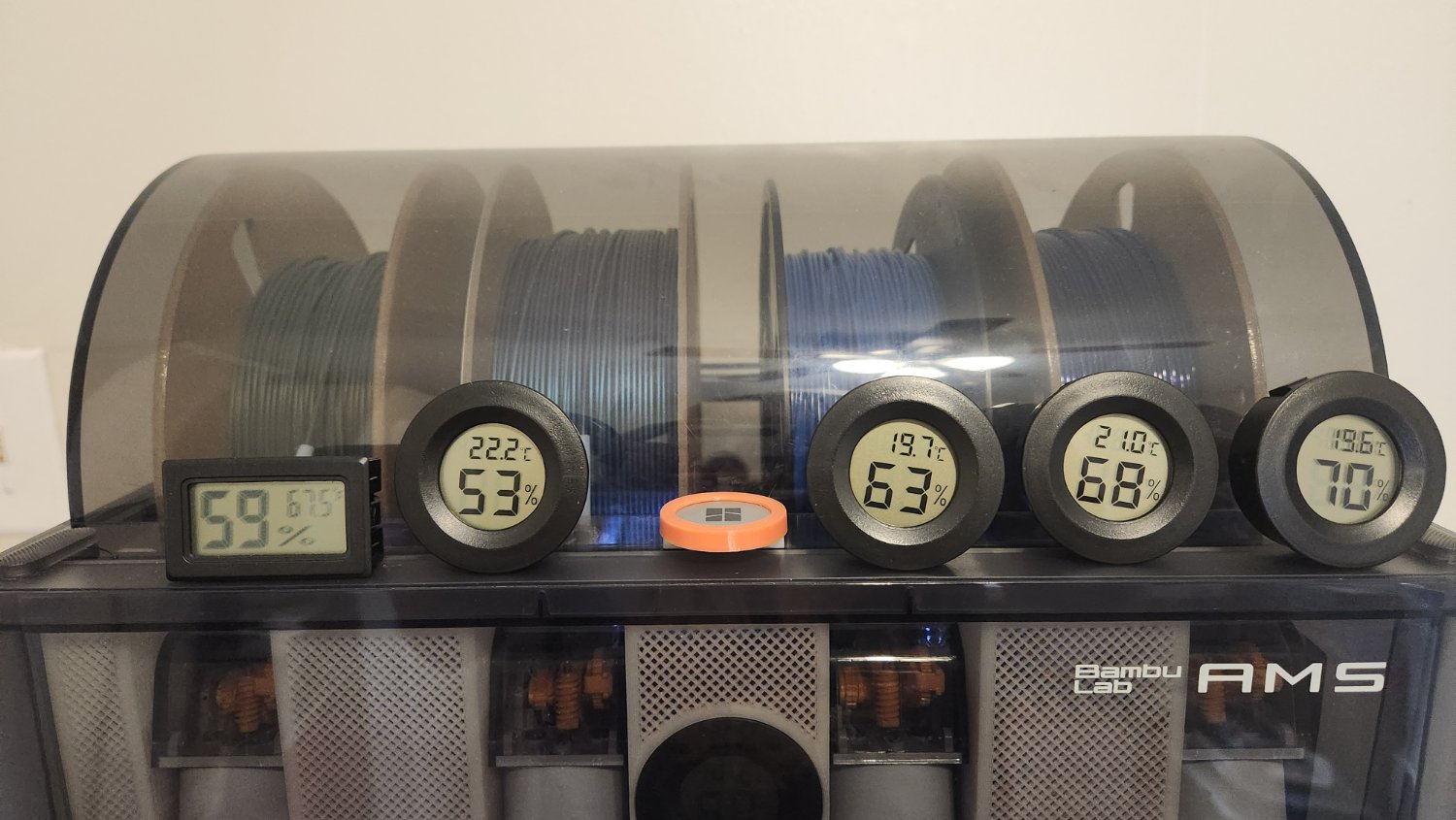3DPrinting
3DPrinting is a place where makers of all skill levels and walks of life can learn about and discuss 3D printing and development of 3D printed parts and devices.
The r/functionalprint community is now located at: or [email protected]
There are CAD communities available at: [email protected] or [email protected]
Rules
-
No bigotry - including racism, sexism, ableism, homophobia, transphobia, or xenophobia. Code of Conduct.
-
Be respectful, especially when disagreeing. Everyone should feel welcome here.
-
No porn (NSFW prints are acceptable but must be marked NSFW)
-
No Ads / Spamming / Guerrilla Marketing
-
Do not create links to reddit
-
If you see an issue please flag it
-
No guns
-
No injury gore posts
If you need an easy way to host pictures, https://catbox.moe may be an option. Be ethical about what you post and donate if you are able or use this a lot. It is just an individual hosting content, not a company. The image embedding syntax for Lemmy is 
Moderation policy: Light, mostly invisible
view the rest of the comments

because if it says anything other than 10% (the lowest thing it reads), then the dessicant needs to be refreshed.
it's more of a binary output rather than trying to look at 53 vs 55%
You get your humidity down to less than 10%? Or still literally treating it like a binary thing and it's just reading way under real?
I am at about 25% relative humidity and it's showing as a 1 in the ams sensor so 10% seems impressive even though I'm not using much desiccant.
I've pretty much been running on the binary theory with the AMS sensor: anything but a 1 is too high. I guess I'm glad I didn't waste any money on those digital jobbies. I wonder if the old school analog style are better?
Yeah, that seems good enough for most people and I agree with using it instead of wasting the money on these even for a secondary check. I just wanted to track a new desiccant that doesn't indicate and see how it compares to cheap silica.
The old school probably would work better in that they are often adjustable or calibratable, and I feel like I'd trust them more than these to even accurately change with added humidity. I'm gonna end up using paper Testors cause those honestly seem the more reliable analog system.
The old horsehair types are pretty decent though not precision meters. The numbers will be completely off unless calibrated, but you can make multiple meters agree. Either way, you can see which days they take a massive dive.
Much the same as those bimetallic thermometers.
yeah, it's usually 60% ambient humidity here, and then in the dry box it'll read <15%. so that's a pretty decent indicator to me that it's working fine. I don't really care if it's 10, 15, or even your 25%, those are all way less than the ambient baseline and let me know that the dessicant is working.
If you've got some need to the humidity accuracy then that's another thing, but for me that's why I use those cheapos.
I use modified cereal containers with dessicant on the bottom and have a mount modelled up for those sensors.
Fair enough. I guess my point is that since they swing between them so much how do you know you didn't put a sensor in there that is reading way under humidity and is actually closer to 40% while reading 15?
I guess it doesn't really matter if it's just to see if the humidity appears to be increasing over time but that difference between them makes me worry I won't catch if it's actually matching humidity because of a difference between the readouts.
I'm also a very OCD nerd about certain things so, that's not helping me with these. I feel I can't compare any one of them against another for much purpose but only use them singularly at best for humidity change trend if I'm actively tracking it.
Say outside is reading higher than actual and inside is reading under actual and you might miss them being technically the same. I also just got non indicating desiccant so that's another reason I kinda care.
I have an aqara temp/humidity sensor in my AMS. The hygrometer (rectangular type) shows 10% and aqara shows 19%.
I've also just been using the hygrometer as a binary if it is > 10% then I change media.
Typing all this up made me realize I need to just set an alert for the aqara to just tell me if it jumps above 20%.